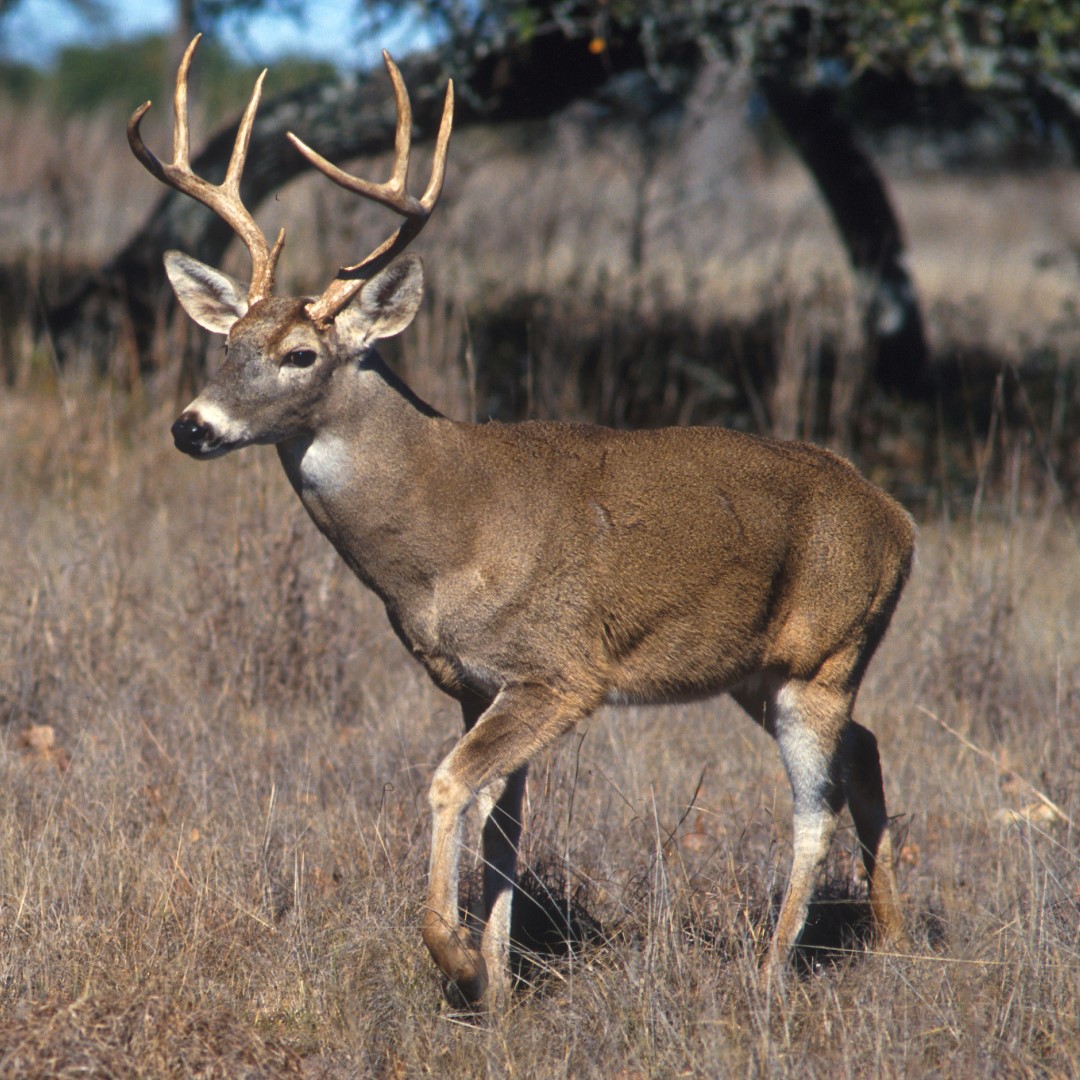
chronic wasting disease first observed in a captive deer in Colorado
In 1967, chronic wasting disease (CWD) was first observed in a captive deer in Colorado where it was initially believed to be malnutrition.
In 1977, CWD was determined to be a transmissible spongiform encephalopathy and the first infected wild animal, an elk from Rocky Mountain National Park, was diagnosed in 1981.
CWD is a fatal neurological disease that affects a number of wildlife species, including mule deer, white-tailed deer, elk, and moose. CWD is caused by abnormal proteins called prions. Prions change normal proteins in the host animal’s cells resulting in concentrations of abnormal proteins.
Over time, these abnormal proteins accumulate in the central nervous and lymphatic systems causing a degenerative lack of control and a “wasting-away” death. There is no known cure or vaccine for CWD. The origin of CWD is unknown.
Since its identifcation, CWD has been found in 25 states and impacted numerous wild and captive herds of deer and elk. Concerns over the impacts of diseases, such as CWD, on the United States livestock industry and wild deer and elk populations continues to stimulate research to prevent disease outbreaks and minimize the transmission of diseases between wildlife and livestock.
Tags:
Source: U.S. Department of Agriculture
Credit:
